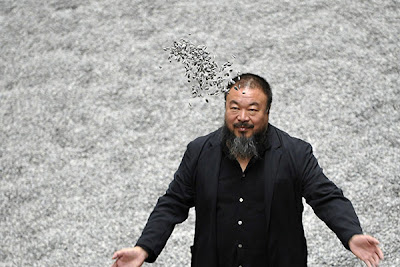
Vera Lutter made a camera obscura out of an old leather suitcase and took it with her to Egypt, surreptitiously making images of ancient monuments (local laws being fairly punctilious when it comes to photography). The intrepid Tintin-meets-Capa narrative is a reminder that the romanticism thoroughly leached out of conventional ‘fine art’ in the 1960s still has a home in photography. Curled at their edges, intimate in scale, their clandestine provenance becomes part of the meaning of each work. The resulting negative images are as unsullied a representation of the pure photographic image – photography as ‘light writing’ – as a fixed image can be. Lutter’s photographs are, in other words, what images look like before language makes sense of them, and her practice involves geographical locations that are swamped and steeped in language: Manhattan, Venice, Egypt. Unphotographable places.
Read the complete piece at Art21 here.

